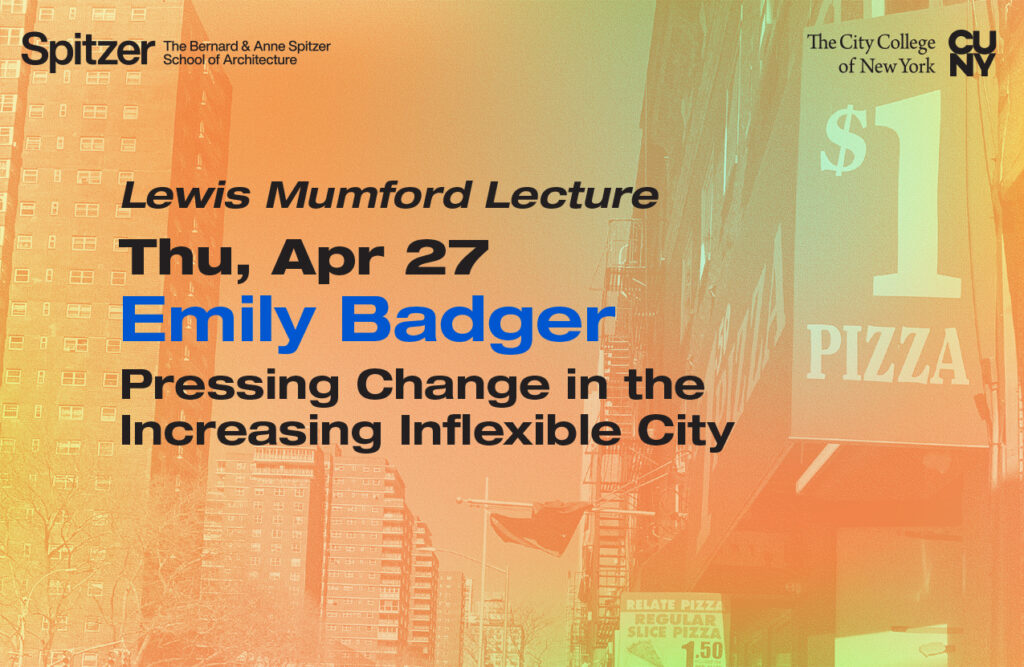Videos
Constructing a Ming Maritime Infrastructural State — Shiqiao Li — Spring 2023 Lecture Recording
This lecture was held on 02/09/2023 and was part of the Spitzer Spring 2023 Sciame Lecture Series, titled “Across the Pacific Rim: Architecture and Landscape in Translation.”
Shiqiao Li is the Weedon Professor in Asian Architecture, School of Architecture, University of Virginia, where he teaches history, theory, and design of architecture, and directs the Ph.D. in the Constructed Environment Program. He is the author of Understanding the Chinese City (2014), Architecture and Modernization (2009), and Power and Virtue (2006). With Esther Lorenz, he is the author of Typological Drift: Emerging Cities in China (2022), and editor of Kowloon Cultural District (2014). With Scott Lash, he is the editor of Theory Culture & Society Special Issue: Against Ontology: Chinese Thought and François Jullien (2023).
“Constructing a Ming Maritime Infrastructural State”: Between 1405 and 1433, the Ming state sent seven large armadas to the Indian Ocean in one of the greatest geopolitical experiments in Chinese history. Abruptly canceled perhaps due to the Ming state’s resource exhaustion, these armadas nevertheless present an intriguing case study for what it could mean for a Ming maritime infrastructural state. The study of the constructed environment has always been one about the independent city, memorably formulated in one instance by Max Weber. By shifting the narrative to one about the infrastructural state, this lecture seeks to understand the intricate relationship between the city and the state. In the case of the Ming maritime expansion, the material forms of the armadas – from the numbers and sizes of ships to people and gifts on them – somewhat resemble a floating city like the new Ming capital of the Forbidden City simultaneously being constructed in Beijing. Looming large as a mobile forbidden city, they sought to expand the prestige, influence, and trade monopoly of the Ming state into the South Pacific Ocean and the Indian Ocean by establishing alliances with local kings and chiefs, suppressing hostile forces, and constructing official factories from Malacca to Calicut. The armadas attempted to replicate the long-standing craft of state-building through infrastructural developments but encountered intractable problems. This unprecedented endeavor to enlarge the Ming state into the Indian Ocean left an enduring legacy; it stimulated Indian Ocean trade, linked coastal trading cities in the South China Sea, Java and Sumatra, the Gulf of Thailand, Bay of Bengal, Malabar, the Persian Gulf, and East Africa, paving the way for Vasco da Gama to enter and disrupt this pre-existing maritime world order.
“Across the Pacific Rim: Architecture and Landscape in Translation” begins with what the Pacific Ocean is: a fluid place, a sea where ideas, people, and artifacts move. It questions the framing of this great body of water as a barrier or a void, concepts that are rooted in colonialism and imperialism. Instead, it posits the Pacific as an active stage for exchanging and translating ideas, concepts, materials, and technologies about constructed environments. The designers, scholars, practitioners, and activists featured in this series are situated along the Pacific Rim. They examine areas, products, and product histories along the Pacific Rim. They call on this positionality to offer exceptional, transnational, boundary-breaking, hybrid practices and research that contribute to a shared environment and a collective future.
This lecture series is made possible by the Spitzer Architecture Fund and the generous support of Frank Sciame ’74, CEO of Sciame Construction.

ABC Lab, Prof. Bolhassani, and CCNY students featured on CUNY TV’s ‘Sustainability Matters’

Pop Joslaine Manos B Arch `26 Shares Her Architectural Journey in Video Interview

Online Symposium: Mass Support Session 3 Recording

Online Symposium: Mass Support Session 2 Recording

Online Symposium: Mass Support Session 1 Recording


